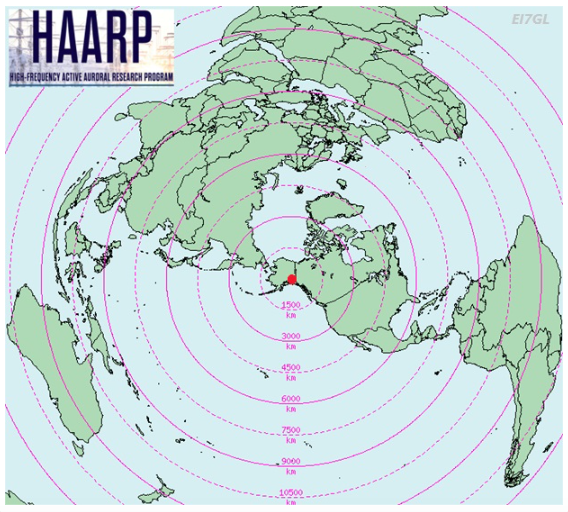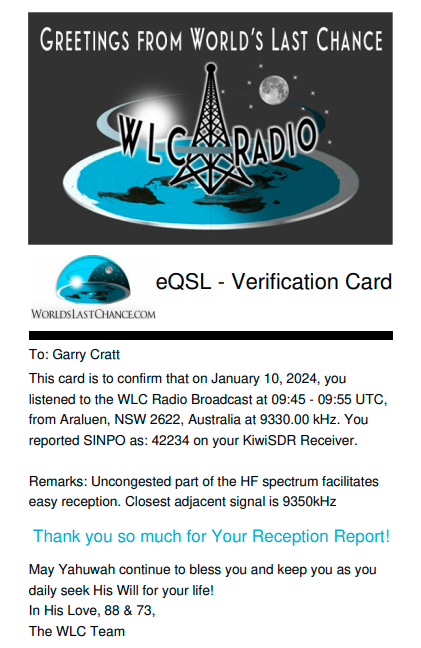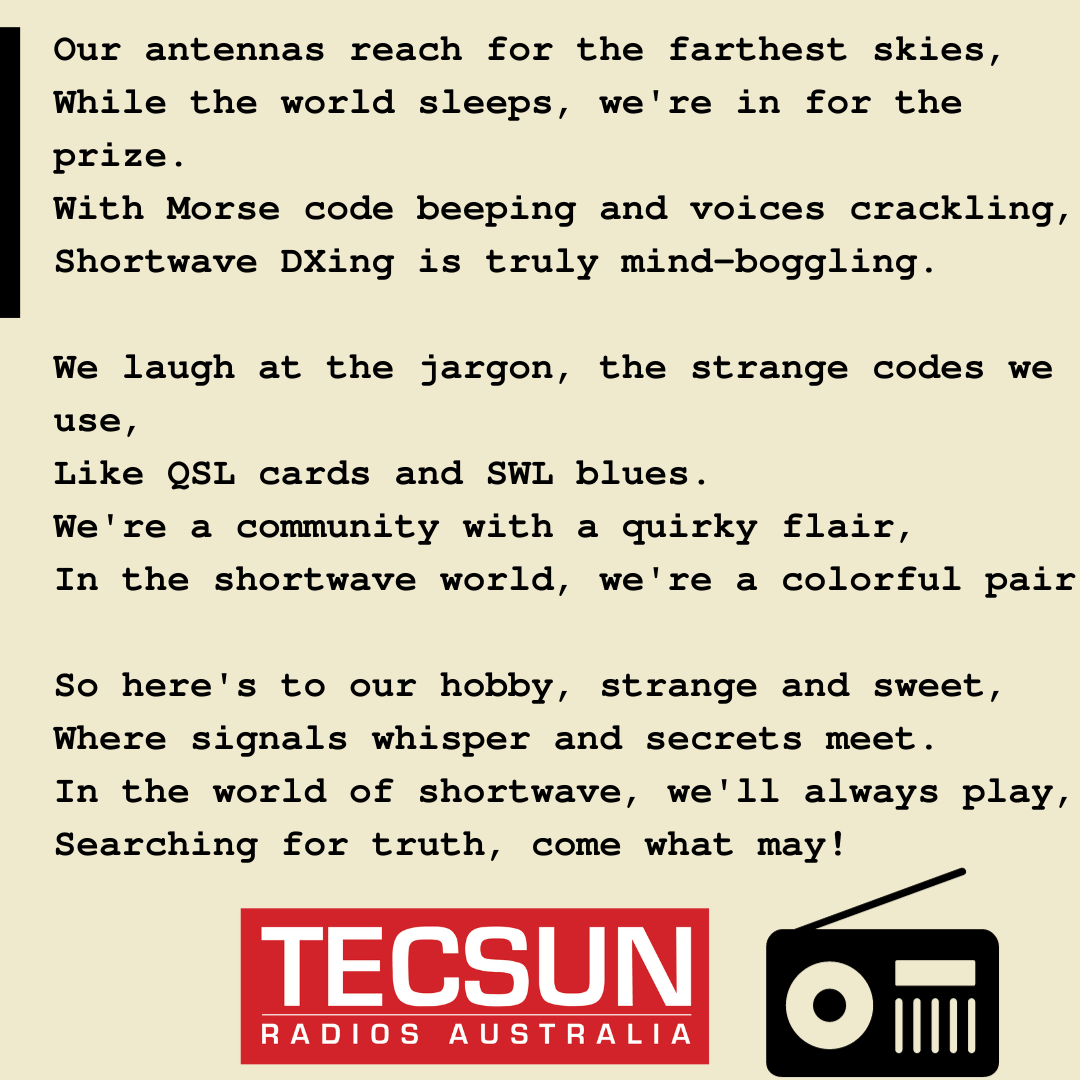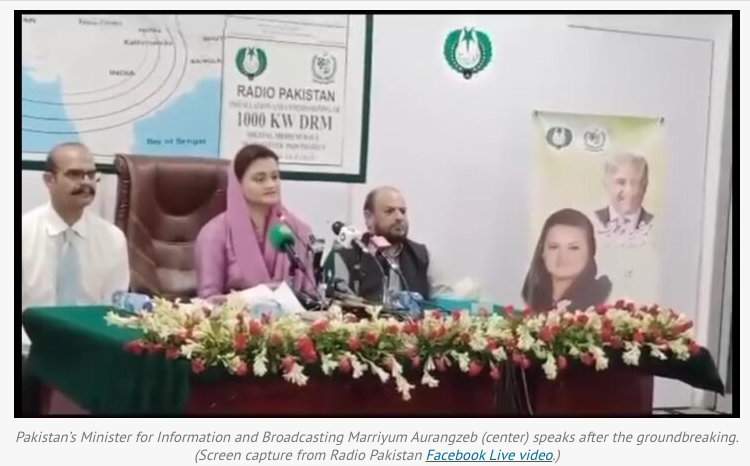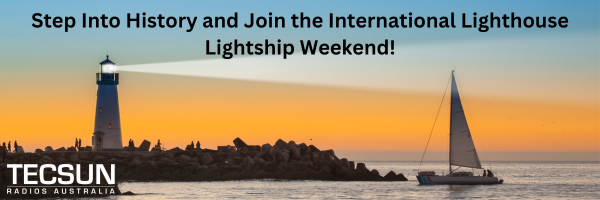
If you have a passion for maritime history, adventure, and connecting with fellow radio enthusiasts, then this one is for the calendar – the International Lighthouse Lightship Weekend (ILLW)! This annual gathering has become a global celebration of lighthouses, lightvessels, and navigational aids, bringing together radio operators from over 40 countries for a weekend of camaraderie and exploration.
What is the International Lighthouse Lightship Weekend (ILLW)?
The ILLW had its roots in the Scottish Northern Lights Award, originally organised by the Ayr Amateur Radio Group (UK) in 1998. Since then, it has evolved into one of the most anticipated events on the amateur radio calendar, drawing in more than 500 lighthouse entries across the globe.
Held on the third full weekend of August each year, the ILLW allows amateur radio operators to set up their portable stations at lighthouses, light vessels, and other historic maritime locations. The objective is to establish contacts with fellow operators and share the fascinating stories and significance of these iconic beacons of light.
August: A Month of Lighthouses
The month of August has become synonymous with lighthouses, thanks to the ILLW’s growing popularity. As we have seen, different countries have embraced the spirit of preserving and honouring their maritime history in various ways. In the United States, August 7th is celebrated as National Lighthouse Day, designated by Congress to pay tribute to these historical structures.
Across the pond in Britain, the Association of Lighthouse Keepers (ALK) organises the International Lighthouse Heritage Weekend during the same time as the ILLW.
The ALK encourages lighthouse managers, keepers, and owners to open their sites and visitors’ centres to the public, aiming to raise awareness about these vital navigational aids and preserve their legacy for future generations.
Why participation is so high for this event.
The International Lighthouse Lightship Weekend is unlike any other amateur radio event. Here are a few reasons why you should consider taking part or following this historic gathering:
- Fascinating History: Lighthouses have played a crucial role in maritime history, guiding ships safely through treacherous waters. The ILLW provides an excellent opportunity to delve into the captivating stories behind these structures and their keepers.
- Global Connections: With participants from over 40 countries, the ILLW is a unique chance to connect with fellow radio operators worldwide, share experiences, and make lasting international friendships.
- No Pressure, Just Fun: Unlike traditional contests, the ILLW emphasises enjoyment and camaraderie. There are minimal rules, and the focus is on celebration, not competition. Plus, it’s free to participate!
- Preservation of Maritime Heritage: By participating in the ILLW, you contribute to raising awareness about the importance of preserving lighthouses and navigational aids, ensuring that their historical significance is not forgotten.
Want to get involved? Here’s how!
Participating in the International Lighthouse Lightship Weekend is easy and exciting. If you’re an amateur radio operator, consider setting up your portable station at a lighthouse or maritime location during the event weekend. Contact your local club to see if they are already planning to get involved. Engage in conversations with other operators, exchange stories, and celebrate the magic of maritime history.
If you’re not an amateur radio operator, you can still be part of this historic event by following the ILLW activities, learning about different lighthouses, and supporting the preservation efforts.
Join the ILLW Celebration!
The International Lighthouse Lightship Weekend is an exceptional experience that combines the thrill of amateur radio with the allure of maritime history. Whether you’re an avid radio enthusiast or simply intrigued by lighthouses, this event promises a weekend filled with adventure and discovery.
Wondering if Australia takes part? Here is a list of Australian lighthouses that have previously taken part in this event:
- Cape Leeuwin Lighthouse – Western Australia
- Cape Naturaliste Lighthouse – Western Australia
- Split Point Lighthouse (Aireys Inlet Lighthouse) – Victoria
- Cape Otway Lightstation – Victoria
- Point Lonsdale Lighthouse – Victoria
- Sugarloaf Point Lighthouse – New South Wales
- Macquarie Lighthouse – New South Wales
- Cape Byron Lighthouse – New South Wales
- Montague Island Lighthouse – New South Wales
- Kiama Blowhole Lighthouse – New South Wales
- Barrenjoey Lighthouse – New South Wales
- Point Perpendicular Lighthouse – New South Wales
- Cape Nelson Lighthouse – Victoria
- Cape Schanck Lighthouse – Victoria
- Cape Wickham Lighthouse – Tasmania
- Low Head Lighthouse – Tasmania
- Tasman Island Lighthouse – Tasmania
- Maatsuyker Island Lighthouse – Tasmania
- Point Hicks Lighthouse – Victoria
- Griffiths Island Lighthouse (Port Fairy Lighthouse) – Victoria
- Warden Head Lighthouse – New South Wales
The list has grown substantially in Australia this year, you can view the lighthouse list by clicking here https://wllw.org/index.php/en/#VK
Please note that this is not an exhaustive list, and there are likely many other lighthouses in Australia that have participated in the ILLW. Additionally, participation may change from year to year, so it’s best to check the official ILLW website https://illw.net/
The Best Radios for Your ILLW Adventure

To make your ILLW experience truly extraordinary, we recommend the Xiegu G-90 transceiver! This high-performance portable HF multimode transceiver covers an impressive 0.5-30MHz general coverage receiver and 10-160-meter amateur band Tx/Rx coverage with 20 watts of RF output. The Xiegu G-90 ensures crystal-clear communication and unparalleled reliability throughout the weekend.
Enhance Your Reception with Tecsun Communication Headphones
We understand that excellent audio quality is vital to your radio pursuits. That’s why we offer Tecsun Communication headphones, providing you with an outstanding dynamic range through efficient 50mm NdFeB magnet drivers. Plus, the 3m connection cable guarantees ample length for comfortable headphone use during the ILLW activities.
Here are some of our top products to enhance your event experience.
1.Tecsun PL-330: This pocket-sized portable receiver comes with SSB capability and direct frequency entry, making it the ideal choice for listening to shortwave radio utility stations, amateur radio transmissions, and regular shortwave broadcasts.
2.PL-880: Featuring digital Signal Processing on the HF band, the PL-880 is a quantum leap forward for receiving weak signals. It also offers selectable IF bandwidth for fine-tuning your listening experience.
3. PL-990x: Considered Tecsun engineering at its finest, the PL-990x High-Performance Shortwave Radio utilizes multiple frequency conversion and modern DSP digital demodulation technology, resulting in improved receiving sensitivity, selectivity, and image rejection.
4. The newest addition to the Tecsun radio range, the H501x DSP Shortwave Radio is the result of years of research and development by Tecsun’s engineering department, incorporating feedback from shortwave radio listeners. Its hybrid desktop portable design ensures uncompromised performance without sacrificing size.
Coincidentally, these fantastic radios are also compatible with our premium headphones, ensuring you enjoy the best audio quality during your shortwave radio adventures.
We need to also mention the TRA HF Portable Dipole antenna, your ultimate radio companion! With a power handling capability of 100 Watts PEP, this antenna is designed to deliver exceptional performance. It comes conveniently packed in a durable canvas carry bag, making it easy to carry and set up wherever you go. Plus, we’ve got you covered with 10 meters of Rg58 cable for effortless connection to most transceivers.
Mark your calendars for the third full weekend of August, and let’s celebrate “Lighthouse Month” together! Join the ILLW community in commemorating these timeless beacons that have guided sailors throughout history. Step into the world of amateur radio, explore maritime heritage, and make connections that span the globe. Don’t miss out on this extraordinary opportunity to be part of an international tradition like no other!





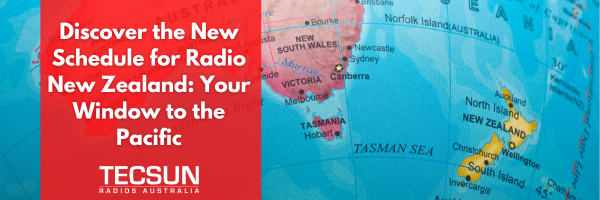
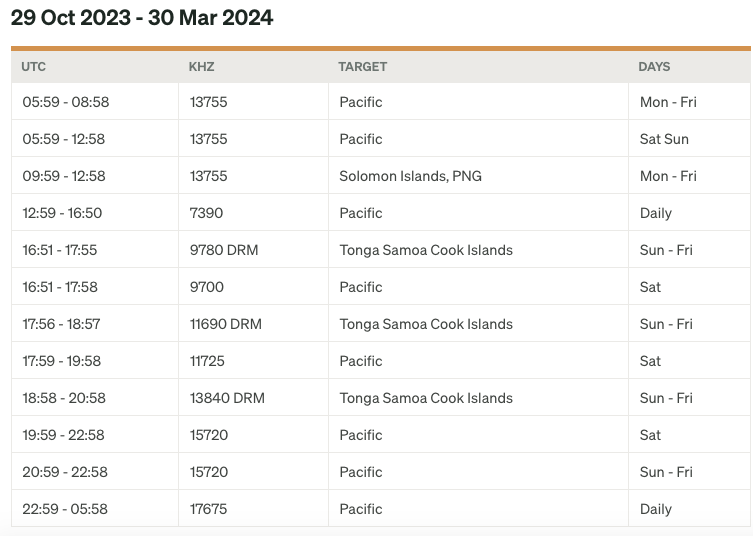

 If you’re captivated by unique radio facilities, then you’re in for a treat. Join us on a journey to discover one of the most picturesque shortwave transmitter sites nestled in the heart of the tropics. Today, we’re delving into the story of KTWR, a beacon of broadcasting excellence stationed on the tranquil shores of Guam. Inspired by a captivating article on RadioWorld.com, we invite you to immerse yourself in the enchanting world of shortwave broadcasting with us.
If you’re captivated by unique radio facilities, then you’re in for a treat. Join us on a journey to discover one of the most picturesque shortwave transmitter sites nestled in the heart of the tropics. Today, we’re delving into the story of KTWR, a beacon of broadcasting excellence stationed on the tranquil shores of Guam. Inspired by a captivating article on RadioWorld.com, we invite you to immerse yourself in the enchanting world of shortwave broadcasting with us. Garry stumbled upon an intriguing discovery during his online perusal: a fascinating blog post that sheds light on the enigmatic world of amateur radio activity. We’re thrilled to share this valuable information with you, sourced from EI7GL’s “A Diary of Amateur Radio Activity” Blogspot.
Garry stumbled upon an intriguing discovery during his online perusal: a fascinating blog post that sheds light on the enigmatic world of amateur radio activity. We’re thrilled to share this valuable information with you, sourced from EI7GL’s “A Diary of Amateur Radio Activity” Blogspot.